Description
Sockeye salmon, also known as red or blueback salmon, is a species of anadromous fish in the Salmonidae family. Native to the Pacific Ocean and rivers throughout North America and parts of Asia, sockeye salmon are among the most important fish for commercial fishermen on both sides of the Pacific. Adults typically grow to a length of 24-30 inches and weigh 6 to 8 pounds.
Sockeye salmon have a distinctive, bright red body with greenish-blue heads and metallic blue flanks. The name “sockeye” is derived from the word sukkah, which means “red fish” in the language of the indigenous peoples of the Pacific Northwest coast.
Environment
Sockeye salmon typically spend the majority of their lives in the open ocean, returning to freshwater streams and rivers to spawn. The fish migrate through several different habitats throughout their life cycle, including estuaries, tidal flats, lakes, and rivers. Sockeye prefers clean, cold waters with adequate levels of oxygen. They can be found spawning in areas with gravel substrate, which they use to build their nests. In the winter months, sockeye salmon may seek deeper waters or migrate to the ocean where it is warmer. Upon reaching maturity, adult sockeye will return to their home stream for spawning and then die shortly afterward.
Physical Characteristics
Sockeye salmon have a streamlined body shape, with a silvery-blue colored back and silver sides. Their bright red bodies are easily distinguishable from other salmon species due to their deep carmine coloration. As adults, sockeye can reach lengths of up to 30 inches and weights of 6 to 8 pounds. They have small head profiles with large mouths and pointed snouts. The species is easily identifiable by its whitish belly, white-tipped fins, and unique black hooked jaws. During their spawning season, males develop distinctive humped backs and hooked noses.
Feeding Habits
Sockeye salmon are opportunistic feeders, feeding on a wide variety of prey items such as insects, crustaceans, small fish, and amphipods. Juveniles mainly feed on zooplankton while adults hunt larger prey in deeper waters. Sockeye will also scavenge for food when available. During the spawning season, sockeye shifts their diet to consume more invertebrates, such as shrimp and crayfish. Their diet consists mostly of animal matter but will also contain some plant material if available.
Fishability
Sockeye salmon are highly sought after by anglers for their vigorous fight and tasty flesh. They are targeted from boats, piers, and shorelines throughout the year but spawn in late summer and early fall when fishability is at its peak. Sockeye can be caught with a variety of methods such as trolling, jigging, and fly fishing. They are also known to take the bait, making them a great target for beginners. Anglers should be aware that sockeye salmon must be at least 12 inches in length or greater before they can be kept as a legal catch.
Overall, sockeye salmon is an important fish species with a wide range of habitats throughout the Pacific
Why is this Fish a good mount?
Sockeye salmon is an excellent choice for a mounted fish because of its attractive coloration and signature characteristics. Its bright red body, metallic blue flanks, and white-tipped fins give it an eye-catching appearance when displayed on the wall. The species’ humped backs and hooked noses are unique to sockeye making them a popular choice for anglers looking to add a lifelike trophy to their collection. Additionally, the sockeye’s size and weight make it an ideal fish for mounting due to its manageable dimensions. Mounting this species will make a great addition to any home or office.
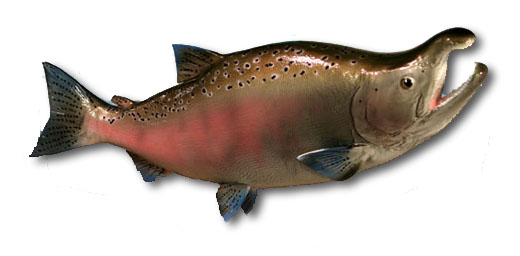
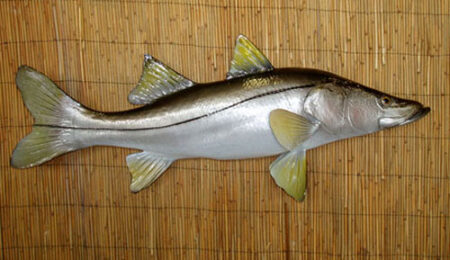
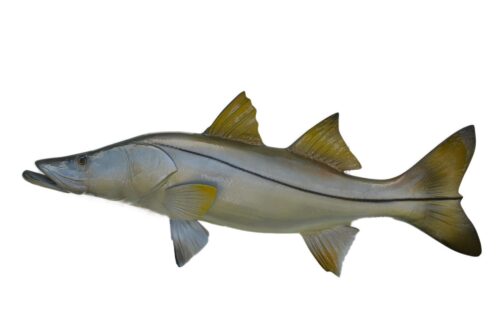
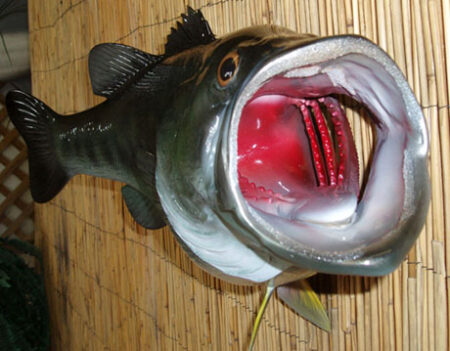

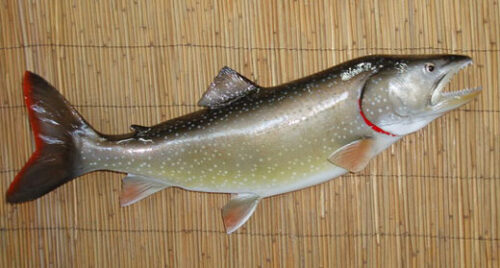
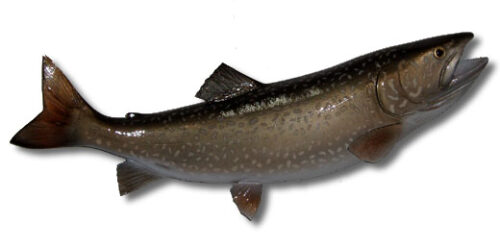
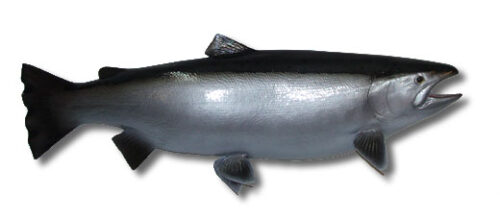
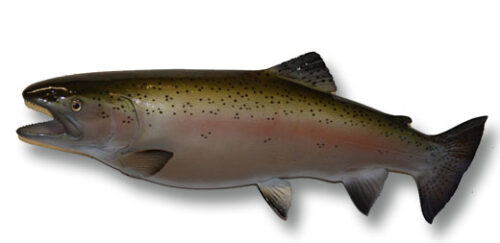
Reviews
There are no reviews yet.